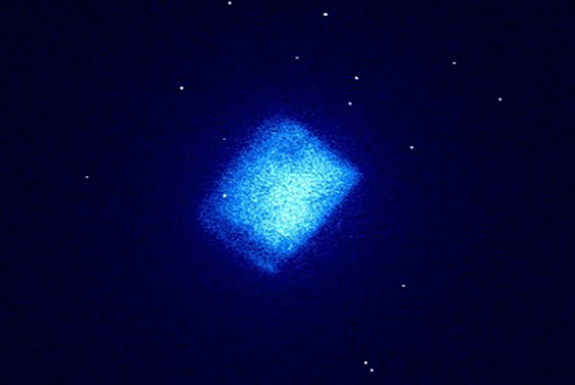The 330-carat “Star of Asia” is one of the world’s finest star sapphires and a brilliant example of September’s official birthstone. While the stone is renowned for its impressive size, intense color and sharp star, its origin story is cloaked in mystery.
The impressive gem was acquired for the National Gem Collection in 1961 and is a featured attraction at the Janet Annenberg Hooker Hall of Geology, Gems and Minerals of the Smithsonian’s National Museum of Natural History, in Washington D.C.
During most of its Smithsonian residency, curators at the museum were convinced that the “Star of Asia” had been sourced at the historic Mogok mines of Burma (now Myanmar), and that it was once owned by India’s Maharajah of Jodhpur.
In his 2021 book Unearthed, Surprising Stories Behind the Jewels, Dr. Jeffrey E. Post, curator of the National Gem Collection for more than 25 years, added clarity to the gem’s history by interviewing the family members of the original owners.
It turns out that the “Star of Asia” was not discovered in Burma, it was mined in Sri Lanka. The gem was co-owned by the Kohinoor Trading Company and King’s Jewelers of Colombo, Sri Lanka.
The “Star of Asia” made its US debut in 1950 at the the first United States International Trade Fair in Chicago. Eight years later, it was offered for sale on consignment in London and subsequently purchased by Swiss-American Jack Mason.
In 1961, famed mineral dealer and collector Martin Leo Ehrmann, representing Mason, traded the star sapphire to the Smithsonian for a parcel of small faceted diamonds. Ehrmann likely embellished the gem’s noble provenance to pump up its trade value.
All sapphires are made of the mineral corundum (crystalline aluminum oxide). In its pure state, the corundum is colorless, but when trace elements are naturally introduced to the chemical composition, a spectrum of colors are possible.
Blue sapphires occur, for instance, when aluminum atoms are displaced with those of titanium and iron in the gem’s crystal lattice structure.
According to the Smithsonian, the star forms when titanium atoms are trapped within the growing corundum crystal. As the crystal cools, the titanium forms needlelike crystals of the mineral rutile, which orient themselves in three directions.
When properly cut, light reflecting off the three sets of needles produces the six-rayed star. This phenomenon is called “asterism,” which is derived from the Latin word “astrum,” for “star.”
Credit: Image by Chip Clark/Smithsonian and digitally enhanced by SquareMoose.




